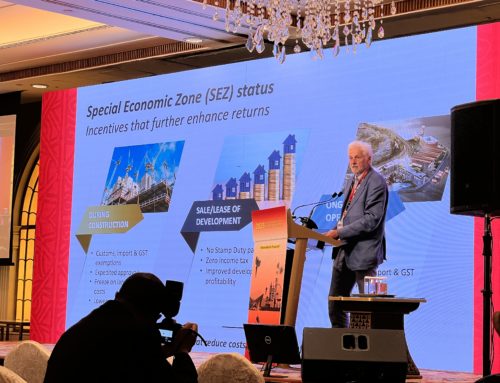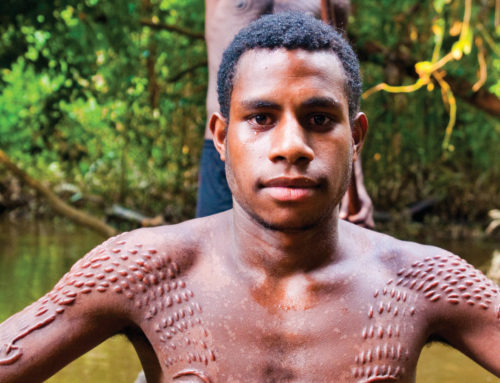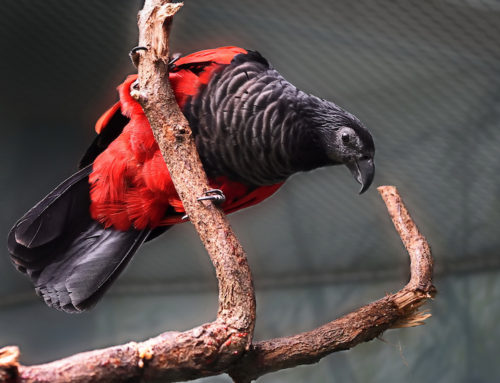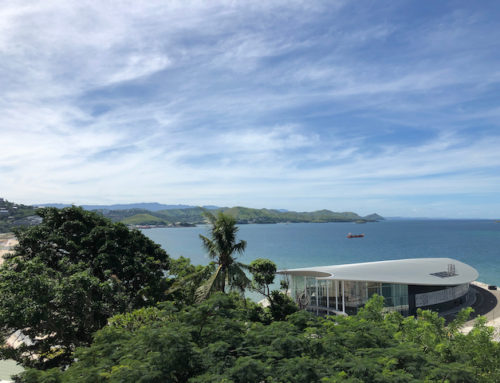The majestic Manta Rays of Milne Bay
Thursday, 12 November 2020
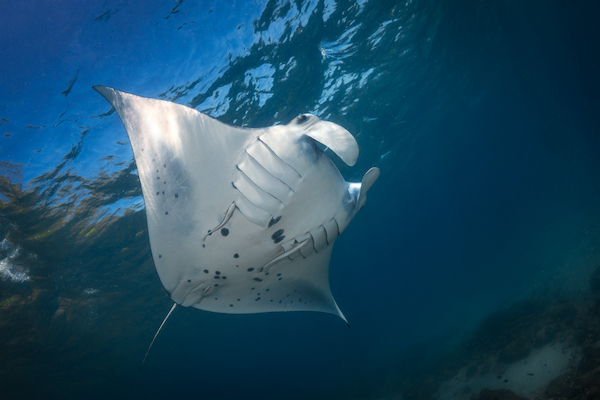
In picturesque southern Milne Bay, near the former provincial capital of Samarai is Gonubalabala – an unassuming island that happens to be the best place in Papua New Guinea to encounter manta rays.
These majestic creatures of the sea specifically travel to the waters off this island to undergo a natural ritual that’s almost as awe-inspiring as the manta rays themselves.
Here’s an insight into Gonubalabala and the manta rays of Milne Bay.
A diving mecca
Milne Bay has long been regarded as a diving mecca for marine enthusiasts. It’s a place to explore coral reefs, dive wrecks and get up close and personal with an array of underwater life.
Among the creatures on many dive lovers’ must-see list are the majestic manta rays of the region, but up until about two decades ago trying to find them could be hit and miss.
Sometimes you’d see them by chance, sometimes you wouldn’t. While they were known to be prevalent in the area, no-one quite knew where specifically they would be found.
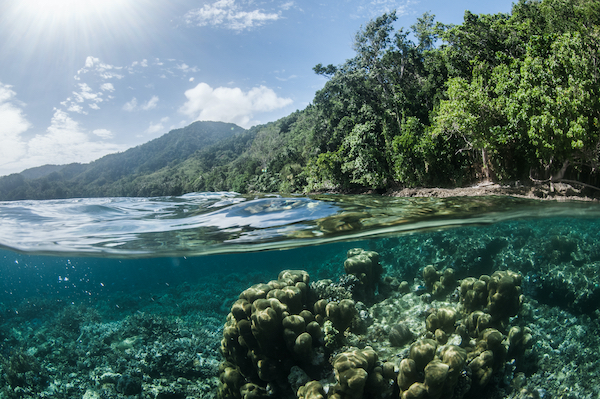
A fever of Manta Rays
Almost two decades ago the vessel MV Golden Dawn had been chartered to search for these acclaimed manta rays with no success.
Owner and skipper Craig de Wit had checked all their usual haunts without a single find, when he decided to heed the advice of his boat engineer, James.
Throughout their voyage, James had mentioned an abundance of manta rays just off the beach of his home island – Gonubalabala (also known as Gona Bara Bara).
Gonubalabala did indeed yield a ‘fever’ of manta rays, and they were there by the dozen.
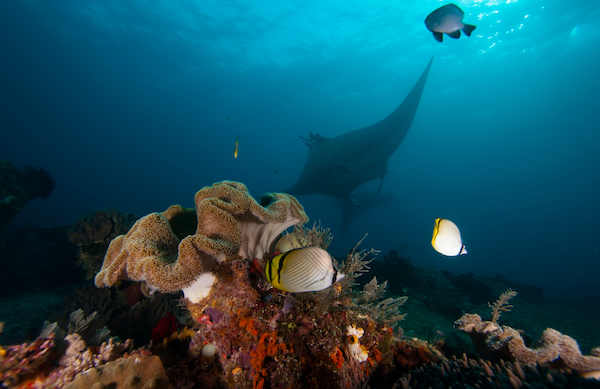
The Gonubalabala cleaning station
Throughout the marine world, there are set locations known as cleaning stations. Utilised by manta rays and sharks, they are almost akin to a “demilitarised zone”.
Large fish enter the area and signal a truce by going into a trance-like state while extending their gills.
The small fish that live there come to their aid, feeding on the parasites that have the potential to threaten the larger species’ wellbeing. In short, it’s a mutually beneficial arrangement.
It’s also highly civilised. Manta rays have been observed spending hours every day getting cleaned and can even wait in line for their turn.
Gonubalabala is one of these locations, and it has been christened “Giants@Home”.
The Manta Watch Camp
In the years since the Gonubalabala Manta Ray Cleaning Station was first discovered its reputation has become world-renowned.
More than 30 types of manta rays have been found here, while more recently Gonubalabala has become the site of a serious conservation effort in the form of a Manta Watch Camp.
The project sees volunteers travel to the island where they have built accommodation and other facilities while working with the local community.
Ultimately, it is envisioned the accommodation will allow people to stay at the island, observe the manta rays and take part in environmentally sustainable tourism.
In the meantime, the Mantas of Milne Bay are also accessible by liveaboard charter boat from Alotau.
About Paga Hill Estate
Paga Hill Estate is a world-class, master-planned estate in the heart of Port Moresby, Papua New Guinea. The waterfront site is the first comprehensively planned multi-use development in Papua New Guinea to be enjoyed by both residents and visitors alike.
The all-inclusive development will include vibrant public spaces and waterfront promenade, luxury hotels, residential apartments, restaurants, retail, commercial space, a Trade, Exhibition & Cultural Centre, restoration of WWII relics, marina precinct and a nearby international cruise liner terminal.

